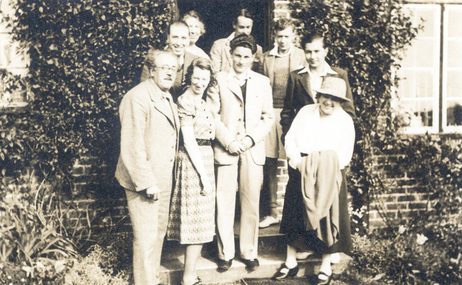Presented by Colin Matthews
Britten’s last opera concerns an artist struggling for inspiration, and travelling to Venice to see whether it will renew his spirit. While Britten was not exactly struggling himself, he found that Venice was one of the few places outside Suffolk where he could compose, and which actively fuelled his creativity. In 1971, the idea was brewing in his mind, he took a holiday in Venice and opened his ears to the sounds the city made. The bells of St Mark’s find their way into the score, as do the cries of the gondoliers. Unusually, he kept a sketchbook of melodies and ideas dating from this trip, and which clearly feeds much of the significant material of the opera.
In this week’s film, we hear from composer Colin Matthews who worked with Britten during the composition and created the vocal score. Colin describes how he was initially nonplussed by the orchestral writing as it seemed far too thin and insubstantial; however, after hearing the music, he found that it was instead beautifully ‘transparent’ rather than thin – and quite unlike anything Britten had composed before.
The opera, which is about obsession, love, beauty and ultimately death, turned out to be Britten’s final work for the stage. He went on to write a number of other remarkable pieces, but could not any longer take on such a large-scale project. The first performance was conducted by Steuart Bedford as Britten was not well enough to take it on – he had recently undergone major heart surgery from which he never fully recovered. It stands as one of Britten’s most personal works, with a haunting, intriguing and utterly unique sound-world.


